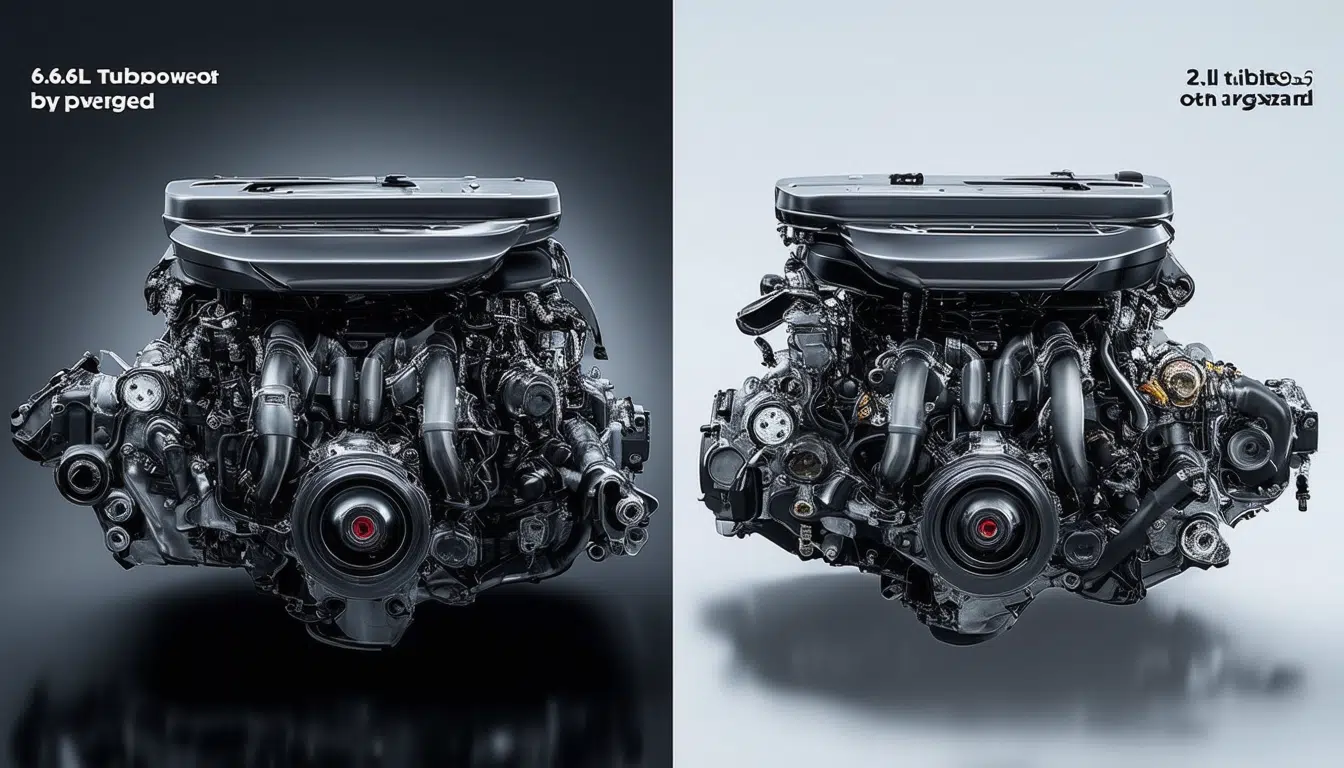Each Honda CR-X was supposed to be equipped with two engine options

The Honda CR-X, an iconic classic from the 80s, is recognized for its innovative design and efficiency. However, an intriguing proposal suggested that this model could have benefited even more by offering two engine options. Imagine aligning the sporty DNA of the CR-X with different engine configurations, allowing not only greater push in terms of performance but also adaptability to the needs of drivers seeking different driving experiences. Such an approach would not only have broadened its appeal but also set a precedent in customization and versatility in Honda’s automotive design.
The Honda CR-X, a car renowned for its innovative design and its ability to provide exceptional driving performance, deserved to have been equipped with two engine options. This possibility would have maximized its appeal to automotive enthusiasts, allowing for a variety of driving experiences and an increase in the power and versatility that defined this model in the 1980s.
An Innovative Design for Its Time
The Honda CR-X was much more than just an economical vehicle; its compact and aerodynamic design granted it agility on the road that was hard to surpass. Its lightweight structure contributed to a fun driving experience and efficient fuel consumption, which cemented its place as an automotive icon of its time. However, the inclusion of engine options could have dramatically improved its capabilities, attracting an even broader audience.
The Proposal for a Dual Engine
Imagine if the CR-X had been equipped with two engines, one in its traditional position and another in the rear hatch to drive the rear wheels. Such a configuration would not only have increased the vehicle’s power, reaching approximately a total of 220 horsepower, but also would have provided all-wheel drive, a key factor for a high-performance car of its size.
The Evolution of the Honda CR-X
Initially, the CR-X that hit the market in 1984 featured a 1.3-liter engine that generated around 60 horsepower. While its efficiency was well-received, the possibility of incorporating an alternate engine of larger displacement – like a 1.8-liter from the Accord, which provided 99 horsepower – could have changed the game for Honda and its buyers. This approach, briefly explored by Car and Driver in the 1980s, showcased the possibilities with its CR-X Squared, a project that took the car from 0 to 60 in just 6.2 seconds.
The Potential of a Dual Engine Configuration
The idea of a CR-X with dual engines is not only fascinating from a technical standpoint, but it also represents a bold approach to maximizing customization and performance. Equipping the CR-X with different engine options would have allowed drivers to choose between a more economical model and a high-performance vehicle, suitable for those seeking pure automotive excitement.
The Legacy of the Honda CR-X
Throughout its production, the Honda CR-X positioned itself as a small yet powerful vehicle that offered an exciting and efficient drive. However, the inclusion of multiple engine options would have increased its relevance and legacy in the automotive world, making each model a truly customized machine for the individual needs of its owners. To explore more about the evolution of engines in cars like the CR-X, check out effective suggestions to extend the life of your engine.
The Importance of Engine Options in the Honda CR-X
The Honda CR-X is an iconic model that marked a turning point in the world of compact sports cars. One of the highlights of its design was its lightweight and well-balanced chassis, which offered an exhilarating driving experience. However, one of the areas where the CR-X could have shone even brighter was in the variety of engine options available.
Offering multiple engine options has a significant impact on a car’s perception. On one hand, it allows the vehicle to cater to a broader range of drivers, from those seeking fuel efficiency to those desiring power that transforms their driving experience. In the case of the Honda CR-X, integrating the opportunity to choose between different engines would have amplified its flexibility and appeal in the market.
In the 80s, some enthusiasts even took their love for the CR-X to the next level with extreme modifications, such as implementing a dual-engine system. These unofficial innovations demonstrated that the small CR-X had the potential to be much more than just a simple 1.3-liter engine. Having these dual-engine vehicles in regular production could have revolutionized the perception of the car, making it a strong competitor against much more expensive and powerful cars of that era.
Therefore, the absence of multiple engine options in the standard CR-X model seems a strategic mistake in retrospect. It would not only have improved the performance characteristics of the car but also would have significantly influenced its longevity and relevance in the automotive market. With a more robust engine option, the Honda CR-X could have established itself as a vehicle that was not only economical and fun to drive but also a formidable sports car.





